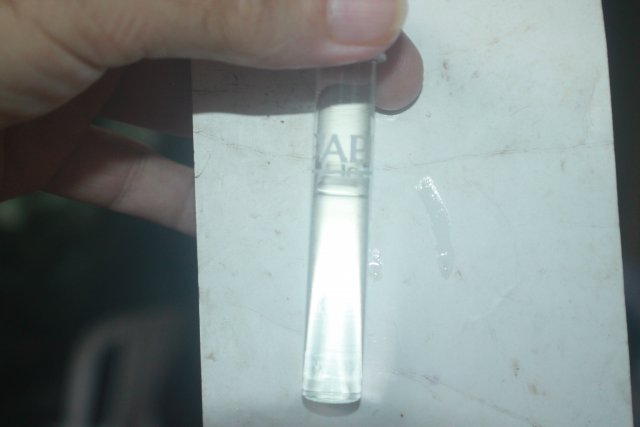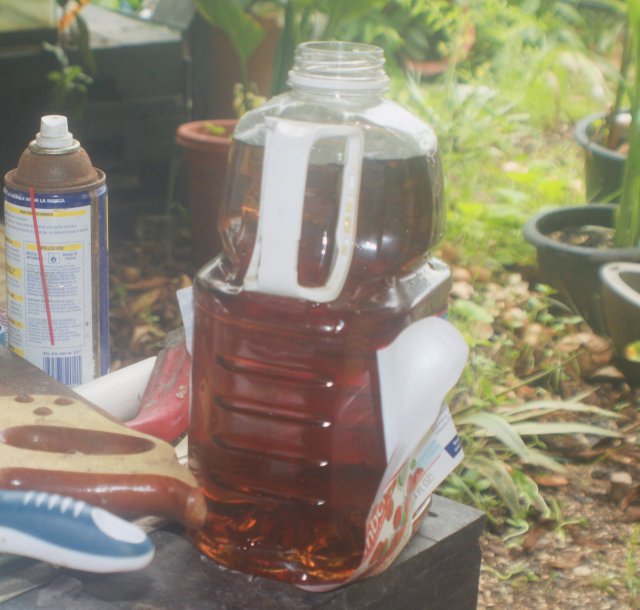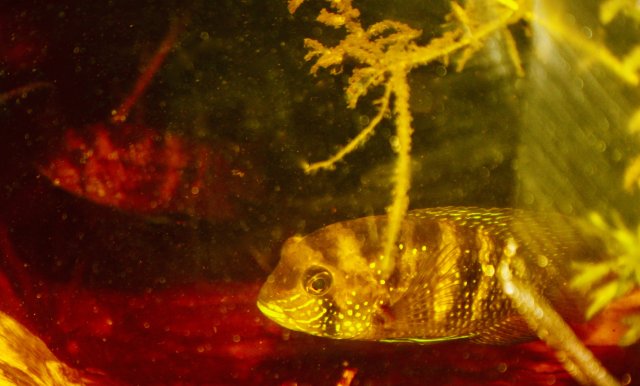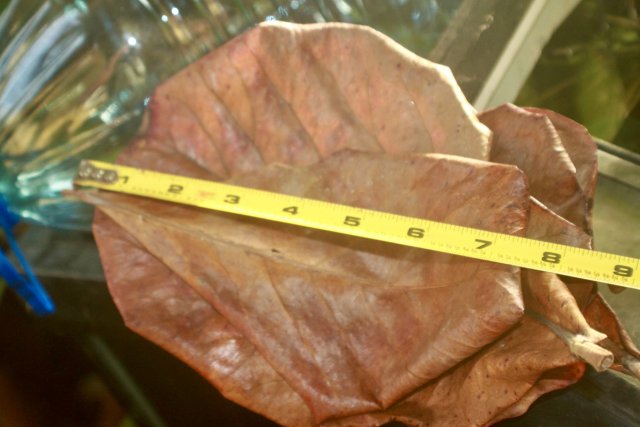A lot of fish like leaf litter. Some spawn in it. Some eat off it. Some hide in it.
However, the two main reasons for using almond leaves are because they will stain the water and because they release some healthful things (think anti-oxidants, quercetin etc.).
Lowering pH is neither simple nor easy. If one is doing it for the benefit of keeping fish that need water sofer and more acid than what your tap provides, you need to pre-treat changing water. You need to alter KH and likely GH as well to lower hardness and pH and hold them fairly constant. Catappas will release beneficial things, will stain water, will soften water, but it is not the best way to lower pH.
In order to do the above you will need a digital testing system because it difficult to impossible to use hobby test kits on stained water. I run a continuous monitor.
https://bluelab.com/usa/bluelab-guardian-monitor You can find it for less than at that link if you look. I got mine a number of years ago and it cost around $250. I had to replace the pH probe a while back.
I find alder cones to stain well and also lower pH.
If you want to mess around looking to lower pH using almond leave I would suggest you get a 5 or 10 gal container. You will also need a digital pH tester. These need special care because once wet, if the "tip" dries out the probe is no longer usable. You use a storage solution and a special cap/tube to keep it wet. You also need to have calibration solutions for long term use. I went through a couple of these cheaper alternatives before i realized for longer term I needed a continuous monitor and coughed up the money. You can then test what the almond leaves mught do in your big tank by using a smaller model. if you figure out how many leaves you need to drop the pH in the test setup and multiply that by what % of the big tank you tested in. All you need is an airstone to circulate the water in the container.
I suggest you crumble up the leaves and weigh them before you add them. An accurate gram scale will be needed.
However, the two main reasons for using almond leaves are because they will stain the water and because they release some healthful things (think anti-oxidants, quercetin etc.).
Lowering pH is neither simple nor easy. If one is doing it for the benefit of keeping fish that need water sofer and more acid than what your tap provides, you need to pre-treat changing water. You need to alter KH and likely GH as well to lower hardness and pH and hold them fairly constant. Catappas will release beneficial things, will stain water, will soften water, but it is not the best way to lower pH.
In order to do the above you will need a digital testing system because it difficult to impossible to use hobby test kits on stained water. I run a continuous monitor.
https://bluelab.com/usa/bluelab-guardian-monitor You can find it for less than at that link if you look. I got mine a number of years ago and it cost around $250. I had to replace the pH probe a while back.
I find alder cones to stain well and also lower pH.
If you want to mess around looking to lower pH using almond leave I would suggest you get a 5 or 10 gal container. You will also need a digital pH tester. These need special care because once wet, if the "tip" dries out the probe is no longer usable. You use a storage solution and a special cap/tube to keep it wet. You also need to have calibration solutions for long term use. I went through a couple of these cheaper alternatives before i realized for longer term I needed a continuous monitor and coughed up the money. You can then test what the almond leaves mught do in your big tank by using a smaller model. if you figure out how many leaves you need to drop the pH in the test setup and multiply that by what % of the big tank you tested in. All you need is an airstone to circulate the water in the container.
I suggest you crumble up the leaves and weigh them before you add them. An accurate gram scale will be needed.








